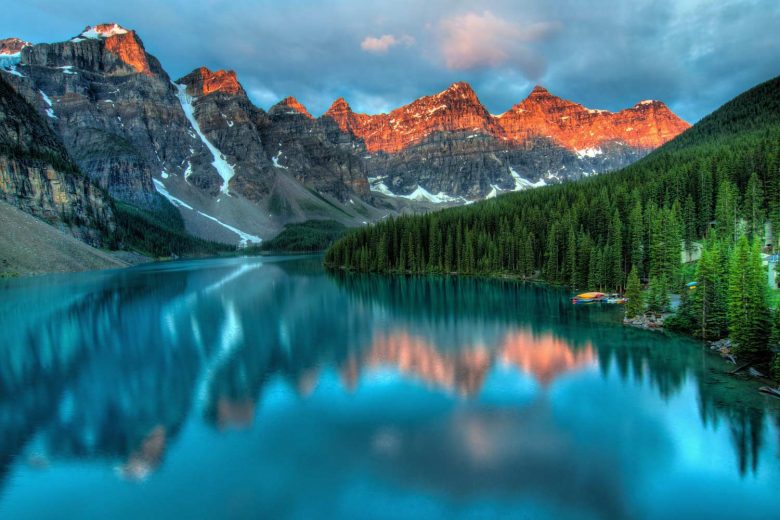
LIGHT HAS A HUGE ROLE TO PLAY IN ALL MY FILMS – P.C.SREERAM
Aug 04 2016
There is every chance to be filled with inhibitions when you are speaking to someone who has extensive knowledge about his subject and is renowned for his body of work. But half the battle is probably won when the other person is kind enough to share that knowledge and his in depth inputs with you. Ace cinematographer P.C. Sreeram who has a repertoire of incredible films from Hindi and South Indian cinema to his credit, ranging from Nayagan and Ishq to Cheeni Kum, Paa, I, Shamitabh and many more, speaks to Pandolin about Ki & Ka which is his fourth collaboration with director R. Balki.
Shooting Ki & Ka
It is a very candid film because it is happening between two people and between these two people the happenings have to be captured very candidly. It is very easy to say, but to capture candidly at the right point of candidness is very important. Otherwise the point can be missed.
Showing the bond through the camera
The camera has to speak the language of bonding otherwise the film will get disconnected. If you don’t feel the bond, love and agony; you’ll get lost. If I miss any point, the film will not work. I’m not shooting a drama; it has to be real. You have to establish the story through a wide lens when they are sitting in the house and then the story goes on to tell what happens next in their life. We have come of age. People understand faster than what you think. That’s why the film span has completely changed.
Color Palette
The film shows the love after marriage. So the romance around them has to be vibrant. I have chosen a different color palette for this film. The color palate speaks on its own and when you see the film, you’ll understand that and react correctly.
Camera or lenses used
I used my eye as the camera and the eye alters the perspective. Camera is only an equipment. And I don’t give importance to the equipment. It is the perspective that alters the audience. The moment you want to see someone closer, it is a natural intuitive feeling, which happens to everyone. It is a natural process in which the film has to say things. Every film has got its graph. Each film has it music and rhythm into it. The lens has to go in rhythm with all these things.
Visual Treatment
The entire film is shot is Delhi but a set was also created at Yashraj Studios, Mumbai. Mostly the whole story happens inside a house in Delhi. So I decided to use a vinyl background. I had a very good art director named Rupin Suchak and I told him that I wanted to try this. Nowadays you can use green screen and add the building in post-production. But I deliberately chose vinyl because I needed it for the flow of the light. And Rupin was very good at getting me to choose those vinyls because it had to be shot in a very high saturation. I asked Rupin whether it was possible to get me that quality of vinyl where the sharpness would not show. The moment it shows the entire experience is lost.
Had I put the green screen, my ratio of light wouldn’t have been correct. I cannot shoot something flat. As a cinematographer, what really matters to me is how much is seen in the scene, how much is not seen and what is necessary to be seen.
Importance of light
The cinematographer is a co-author. He has to say the story through lights. Balki would say it through words and I had to say it through light. This is my simple philosophy. Light has a huge role to play in all my films. The morning sunlight tells you a story every day. And I don’t want to miss those stories. That’s why I prefer shooting in the mornings. Because it was a love story, I had to play with a lot of light.
Association with R Balki
It is not the question of Balki or anyone, it is a question of content. So this time too the content was good and so I agreed. I have a good rapport with people who can understand me. And even I can understand them well.
On being called the Guru of cinematography
I’m just a student of cinematography. I’m an upcoming cinematographer myself. I take everyone’s advice. But I have a long way to go. And I would love to explore with all new filmmakers.
Favorite work in Hindi Cinema
I like Tassaduq Hussain who shot Omkara. His work was quite striking and stands out.
On doing more films in Hindi cinema
I’m waiting for sensible cinema. The kind of films currently available are not my cup of tea. I might do a Bengali or a Marathi film. Language doesn’t stop me at all. It takes me beyond borders. I’m not a follower of Hollywood films. I would prefer Iranian cinema and would love to do those kind of films. If someone like Majid Majidi calls me, I’ll surely go. Films like Children of Heaven are inspiring to me. There are a lot of brilliant films throughout the world.
Becoming President of South Indian Cinematographers Association (SICA)
It is a responsibility which I thought I should come forward and take up. It is a collective team. There is nothing called number one or two when it comes to my fraternity. When I won the elections, I said ‘united we stand’.
Advice for upcoming cinematographers
What you see through the camera is when you are alive. Before the camera you are dead. So use the moment to be alive. Whatever you have done at that moment, later if you regret it, life is miserable.
Source / Thanks to http://pandolin.com
